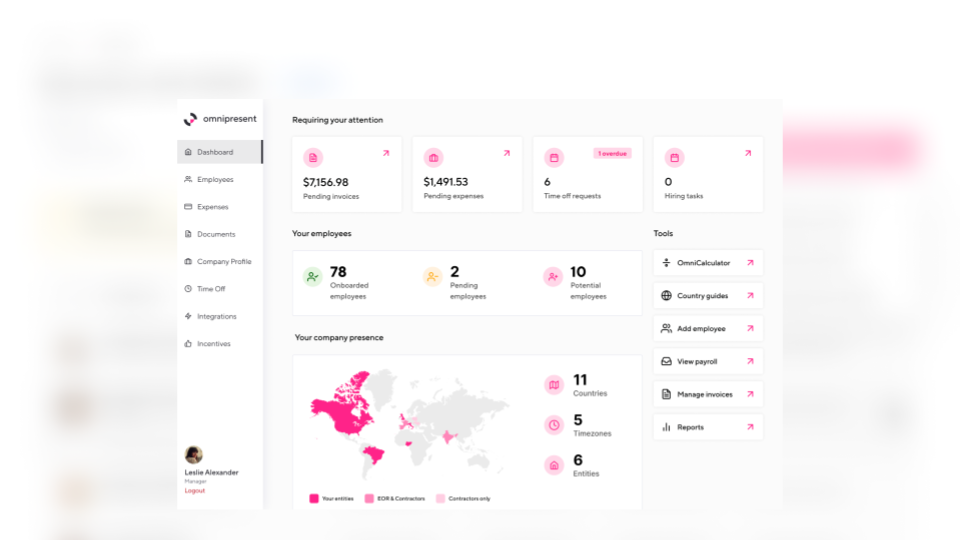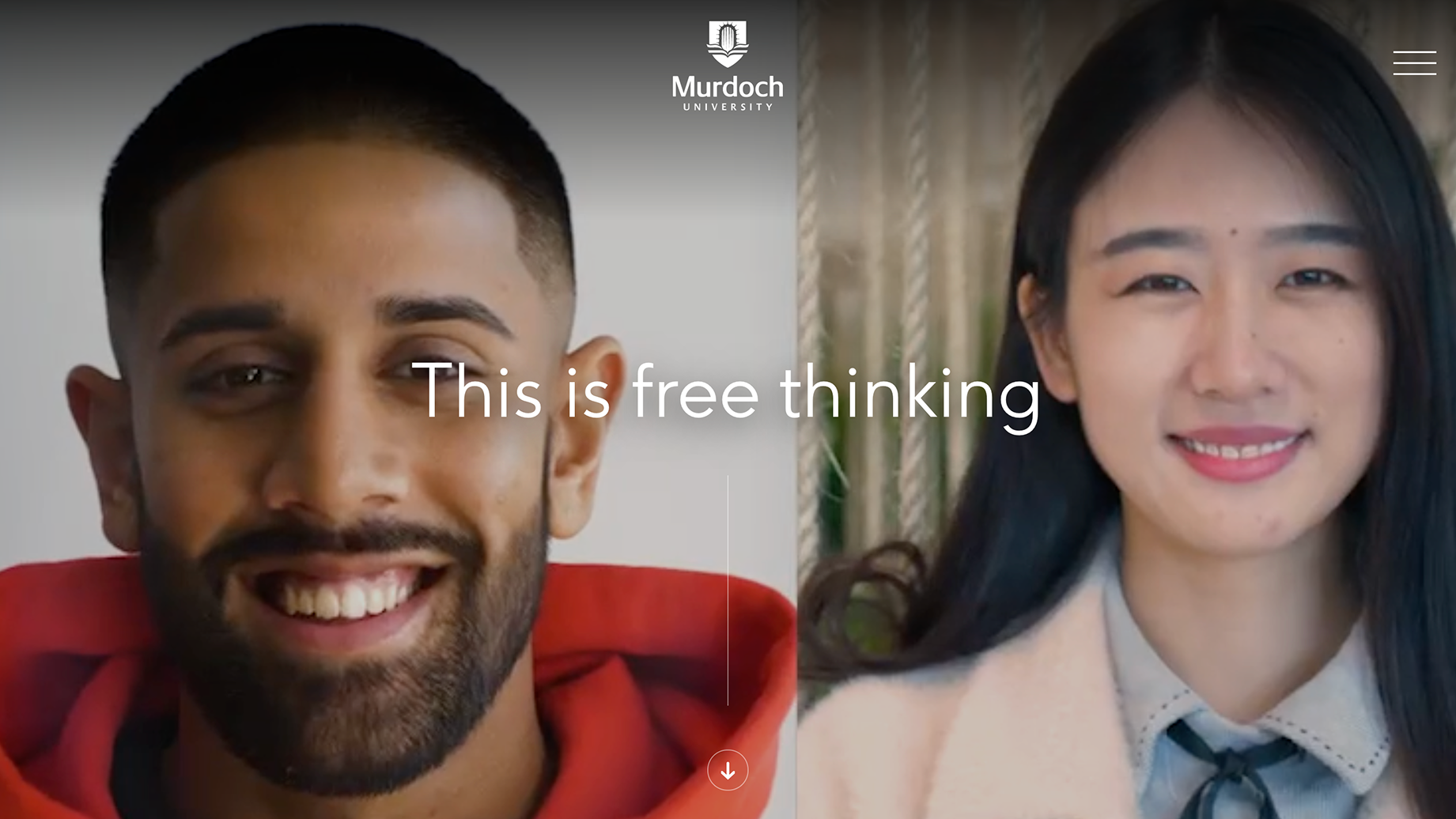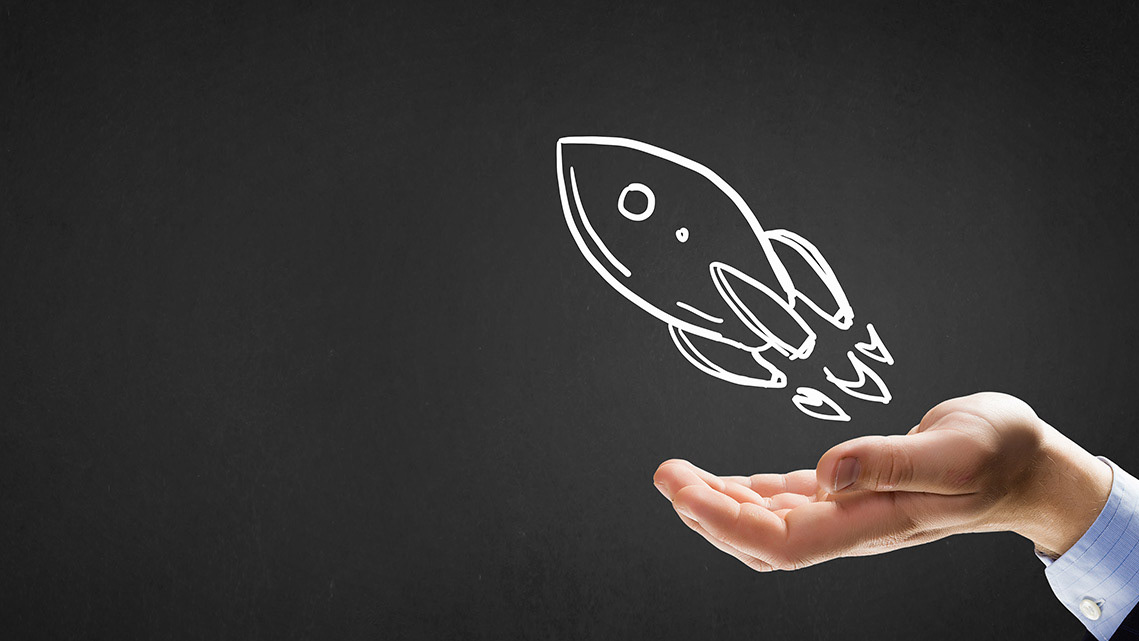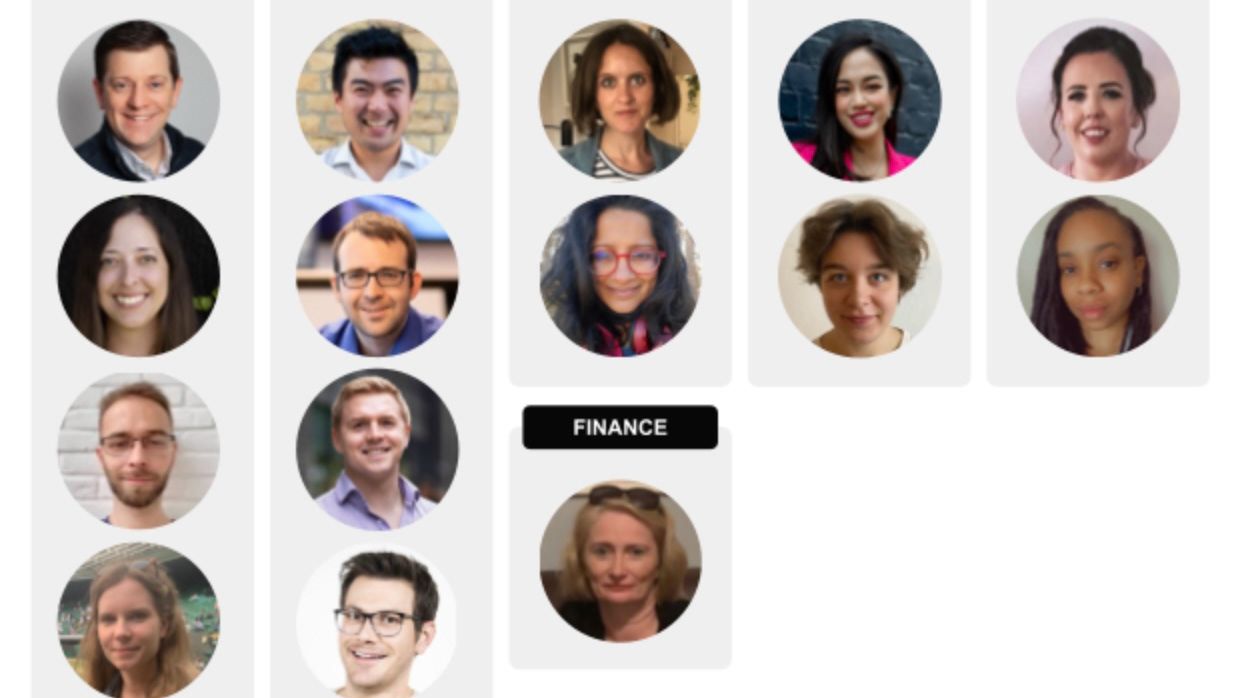Project Background - The Challenge
Offshore Decommissioning Consultants (ODC) are a startup with expertise in performing Comparative Assessments, analysing the effects of offshore decommissioning projects against a range of criteria such as Safety, Environment, Societal and Economic impacts. In other words, some complex engineering for the oil and gas industry!
- The current experience was done manually by consultants and can take months to complete
- We had a tight time frame as they came to us in late November 2018 and had to launch at the OAG Conference in March 2019
- We only had time and budget to deliver 1 Design Sprint and 3 Development Sprints (2 weeks each)
- Access to the target audience for research was challenging due to the speciality of the product
- ODC had no name (later rebranded Ajero) or brand - they required a new brand direction for both the new product and more broadly
- We had a tight time frame as they came to us in late November 2018 and had to launch at the OAG Conference in March 2019
- We only had time and budget to deliver 1 Design Sprint and 3 Development Sprints (2 weeks each)
- Access to the target audience for research was challenging due to the speciality of the product
- ODC had no name (later rebranded Ajero) or brand - they required a new brand direction for both the new product and more broadly
Approach
For this initiative I based our approach on Google Venture's (GV) Design Sprint. I tailored the approach to define the challenge, product and design direction in five days over the course of a two week period to allow sufficient time for the product designer to create the prototype. Our main difference to a traditional GV Design Sprint was the branding work to define the brand and visual identity of the product as this was a requirement from the client.
Day 1 : Defining our outcomes
On the first day I led the sprint workshop from the Isobar side and had our product designer in the room and 3 of the members of the startup. A few developers from our side also made it to parts of the day. We started with the project vision and focused the business goals. We also created a current customer journey to focus on the current pain and opportunity points. We used proto personas (rough prototypes that are later validated through research) to unpack our customers and influencers and closed off the day by creating an elevator pitch for the startup.
Day 2 : Storyboarding and Success Metrics
Once we had an idea of the customers and the focus area for the product we went through a few storyboarding exercises to unpack the product from a high level. We also discussed how we were going to measure success in product and more broadly to ensure that we track those metrics. We developed our metrics and later prioritised them to have clarity on what success looks like.
Day 3 : Sketching the Prototype & Brand
We then took our storyboard and through a few ideation sketching sessions started paper prototyping the proposed experience. We dived into more detail and created the screens and interactions required for an initial version before a digital prototype could be created. A part of the day was also used to obtain client feedback to brand elements like colour, logo, font and imagery based on an initial environmental scan by our product designer.
Day 4 : Prototyping & Testing Interview Guide
This part of the sprint was done by our product designer. My involvement was direction and design critique to ensure the product vision was realised. I was also reviewing the low fidelity prototype from a testing lens to ensure that usability testing could be completed of the key workflows (job to be done). I also created during this time an interview guide for the Lean Usability Testing and ran a mock run to ensure the prototype would deliver the intended experience before testing took place with real customers.
Day 5 : Lean Usability Testing & Synthesis
This was a very full day with three usability tests with real customers. I facilitated all three tests and had the startup founders and other members of the Isobar team observing from a different room through screen sharing software. The 'think aloud' method was used to ask customers how they would go about completing the key tasks in each of the screens. We wanted to gauge the impact of the product into their lives and validate if our MVP would solve some or all of the challenges they have today in this space. At the end of this day we annotated our InVision Prototype with comments (which you can see with pink dots below) in order to make recommendations and proposed changes which can be shared with both designers and developers on our side.
Post Sprint: MVP Definition & Delivery Sprints
Our agile scrum master then ran a session with the client, myself, our front end developer and back end developer to define the Minimum Viable Product (MVP) based on the recommendations that came out of testing, the business vision and the technical complexity of the solution (as we only had time & budget for 3 two week development sprints). We turned the features and requirements into stories to scope what was achievable and standardise the required capabilities. These were later digitised into JIRA and divide into the delivery sprints.
Note: we did not produce high fidelity prototypes as our front end developer was very experienced and could pair with the product designer and I to reflect the visual identity and interactions envisioned in the prototype. There were frequent reviews during development with the client as well.
Post Sprint: Brand & Visual Design (completed by our product designer)
As the client required an entire brand to be created including a new name, font, logo, colour scheme and positioning, our product designer brought these to life with feedback and critique from the rest of the team.
Final Product
The final product was delivered on time for the launch at the 2019 Australian Oil and Gas Exhibition and Conference. To find out more about this startup, please see the Ajero website. I am happy to provide reference details of the founders for more information.






